2.1. Connected Rings. When we look closely at the structure in Figure 1 we see that this structure can be described in another way: it can be seen as a set of connected rings, as in Figure 8a. And in Figure 8b we can recognise the connected holes of the structure in Figure 2. So there seems to be a close relationship between both interpretations.
A structure of interwoven layers can be translated into a structure of connected holes.
We may ask whether this translation step can be used in both directions. That is, when we start with a structure of connected rings, can this structure be translated into a structure of interwoven layers?
And what will happen when we start with a structure in which a more complicated ring, like the knot in Figure 8c, is used?
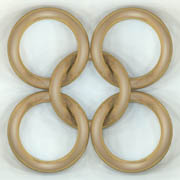
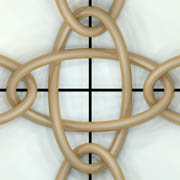
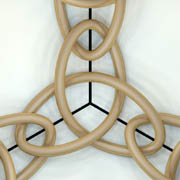
Figure 8a: Connected rings
Figure 8b: Connected ellipses
Figure 8c: Connected knots

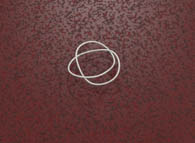

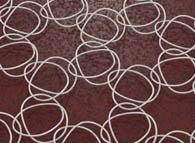
a
b
c
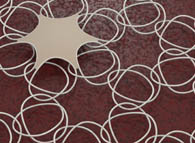
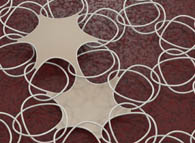

d
e
f
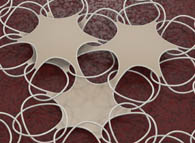

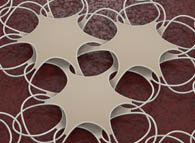
g
h
i
Figure 9: Soap film on the knot structure

Figure 10: Interwoven structure - hexagonal